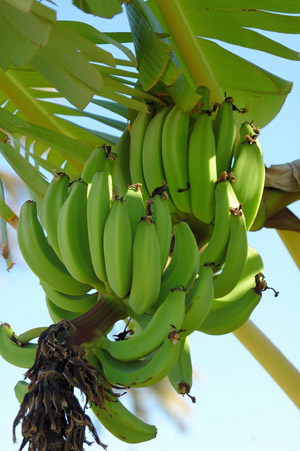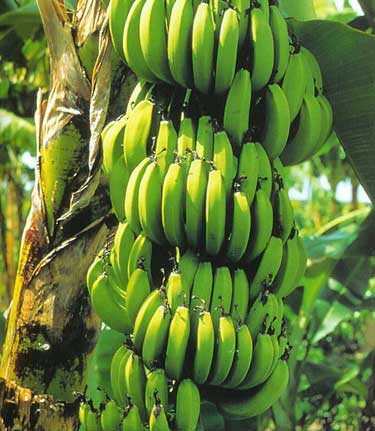| Admissions | Accreditation | Booksellers | Catalog | Colleges | Contact Us | Continents/States/Districts | Contracts | Examinations | Forms | Grants | Hostels | Honorary Doctorate degree | Instructors | Lecture | Librarians | Membership | Professional Examinations | Programs | Recommendations | Research Grants | Researchers | Students login | Schools | Search | Seminar | Study Center/Centre | Thesis | Universities | Work counseling |
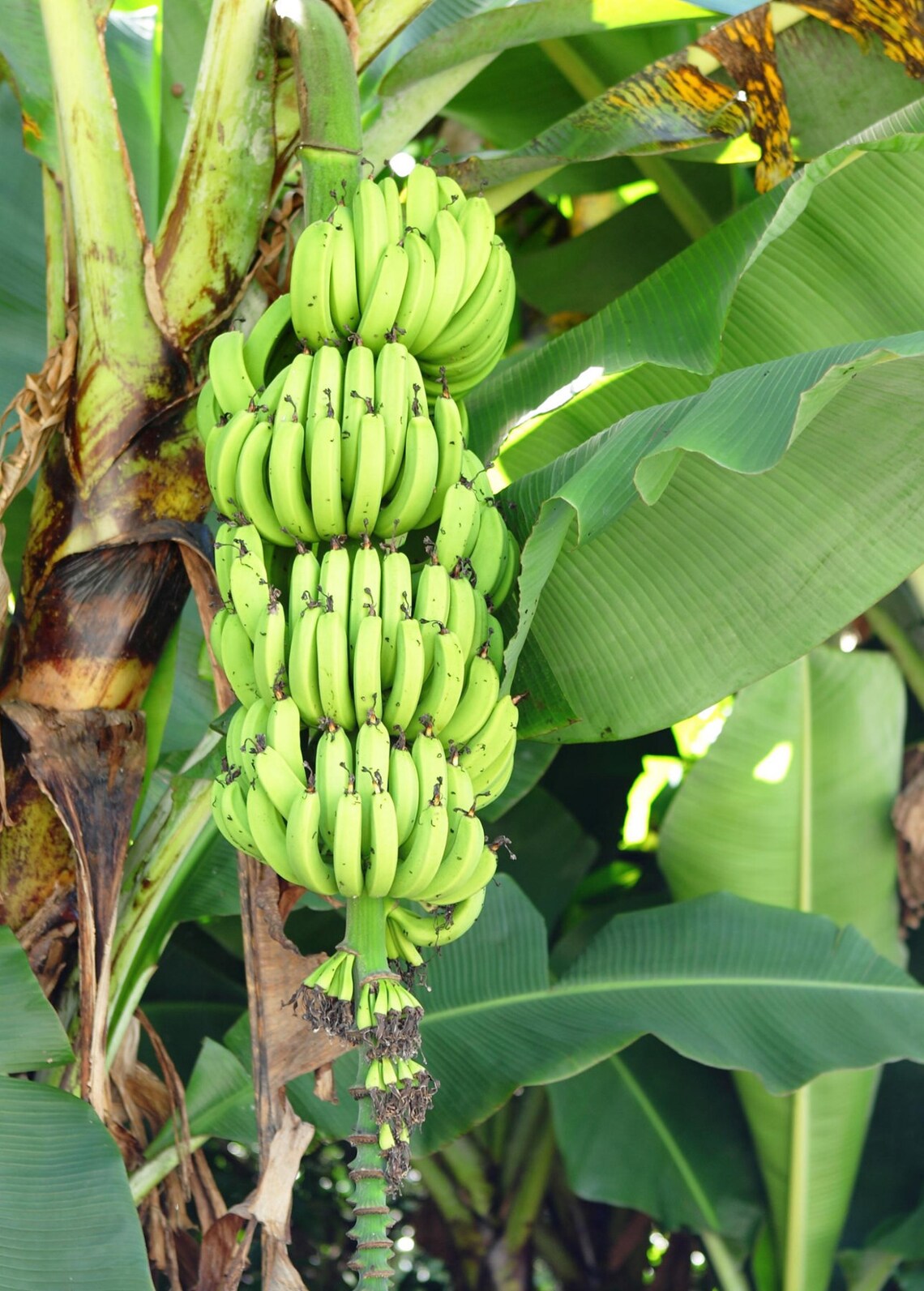
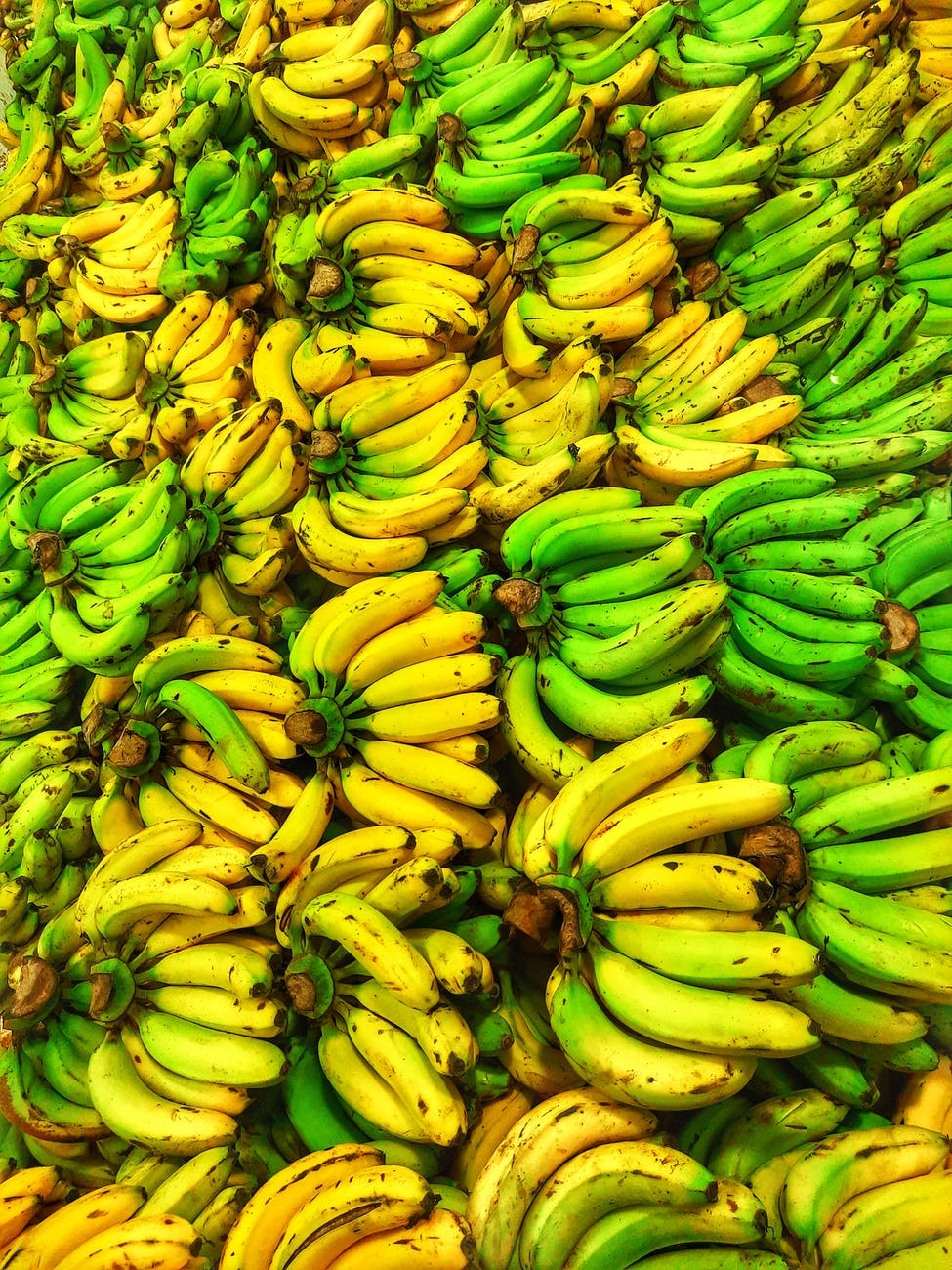
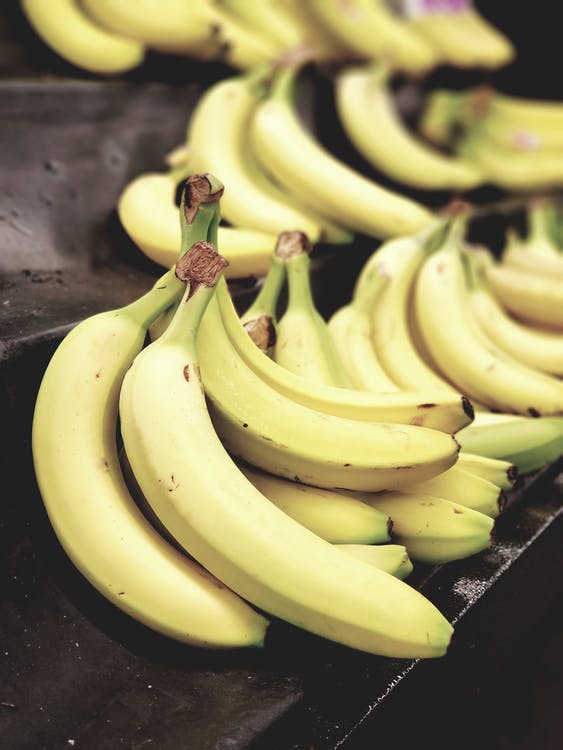
|
Musa Grand Nain Banana Plant - Dwarf Banana Tree
 | |
| Bananas | |
|
Do bananas have seeds? Where are bananas grown? What is a herb? It often seems that the term of herb has been limited to only a dozen or so of seasoning and a handful of healing plants. Carlos Castenada defined Herbs as the plants of wisdom. Allies who could help, assist and lead you along your path of life, whether it be by healing or by an experience of becoming unwell and learning from it. To the botanist a herb is a shortening of the word herbaceous and describes a non-woody plant, which dies back down to the ground annually. Botanically the term is chiefly applied to perennials, although it can be applied to annuals as well as biennials. The primary definition given by dictionaries is "a seed-producing annual, biennial, or perennial that does not develop persistent woody tissue but dies down at the end of a growing season." However these botanical definitions eliminate many plants that are traditionally regarded and used as herbs. There are in fact many definitions, but the one that I like best is very short and to the point, 'a useful plant'. If any part of a plant; flower, leaf, or stem is useful, or has efficacious properties, as an ingredient for health, flavour, or fragrance then to me it is a herb. To me herbs can include trees, annuals, perennials, seaweed and even funghi! Herbs can be used medicinally, culinarily, as pest repellants, dyes or as aromatics. They can be used to make teas, perk up food or to add flavour to vinegars, butters, dips, confectionary and mustards. Many herbs are grown for their fragrance and are used in potpourris or to scent bathwater, candles, oils or perfumes. The scientific / biochemical study of plants as medicine has its own terminology Phytomedicine, Phytotherapy and Phytopharmacology, to name but a few. Musa 'Manzano' Musa 'Basjoo' Musa 'Dwarf Cavendish' Musa 'Dwarf Orinoco' Musa 'Dwarf Red' Musa 'Goldfinger' Musa 'Mini' Super Dwarf Musa 'Ice Cream' Musa 'Lady Finger' Musa 'Mysore' Musa 'Rajapuri' Musa 'Rowe Red' Questions and Answers Here are the answers to some of the many questions we receive about Chiquita® Bananas. Q. Are bananas really the world's most popular fruit? A. You bet! We eat more bananas than apples and oranges combined. In fact, the average American eats 27 pounds of bananas every year. Q. Where do bananas come from? A. Edible bananas evolved from a plant in the Indo-Malaysian region. They were mentioned in literature as far back as the 6th century BC. Today, most bananas are grown in tropical regions like South America, Central America and the Caribbean. Q. How did bananas first get to the U.S.? A. Bananas first appeared in the United States in 1804. They were introduced to the public at the Philadelphia Centennial Exposition of America in 1876 and sold for 10 cents a piece, equal to average hourly wage of a working man. Q. Do bananas grow on trees? A. A common misconception is that bananas come from banana trees, when in fact the banana is closely related to ginger and ornamental plants such as birds of paradise, amaranths and canna lilies. The banana plant is not a tree, but the world's largest perennial herb and grows up to 25 feet, developing massive banana leaves that may extend 9 feet in the air. Edible bananas are technically berries and do not produce seeds. Their rhizomes, or roots, can be hundreds of years old. Q. How many bananas grow on a banana plant? A. Each row of a banana plant has 12 to 20 individual bananas, called fingers that make up a hand. Each stem develops 7 to 14 hands of bananas. Q. Are bananas a good diet food? I heard they're too starchy. A. Bananas are an excellent source of dietary fiber, complex carbohydrates, vitamins and other nutrients that provide the nutrition and energy essential to any balanced diet. Bananas are low in calories, have no fat, no sodium and no cholesterol, which makes them a great choice for dieters. Q. I'm pregnant. Are bananas good for me? A. Absolutely! Bananas contain potassium, fiber, vitamin C and B6 – all of which are good for you and your baby. Q. Are bananas safe for babies? A. Because bananas are easy to digest and seldom cause allergic reactions, a pureed banana is a wonderful first solid food for babies. Introduce bananas into your child's diet at about age 6 to 8 months. Q. Are bananas good for heart health? A. Yes! The American Heart Association has certified bananas as a heart-healthy food when eaten as part of a low-fat balanced diet. Although many factors contribute to heart health, bananas are a good source of potassium, essential to the health of your heart and nervous system. Potassium is needed for proper muscle contraction and your heart is the hardest working muscle in your body. Some studies have also shown that low potassium is linked to high blood pressure and increased risk of stroke. Instead of an apple a day, a banana a day may do a better job of keeping the doctor away. Q. I heard that bananas are mood enhancers. Is that true? A. Well, bananas do include tryptophan, an amino acid that helps your body produce serotonin, a natural substance that has a calming effect on the brain and can act as a gentle sedative. The vitamin B6, which regulates blood glucose levels, can also have a positive effect on your mood. Q. What effect do bananas have on blood and blood sugar? A. Bananas have high levels of natural vitamin B6, which helps your body produce hemoglobin, a critical component in blood. B6 also helps your body's immune system and antibody production. And it enables your body to convert carbohydrates to glucose to maintain the correct blood sugar level. Bananas are also a good source of manganese, a powerful antioxidant that aids in regulating blood sugar levels. Q. Are bananas a good source of vitamin C? A. Yes. Bananas contain 15% of your daily recommended vitamin C requirement. Vitamin C is a powerful antioxidant that boosts your immune system. It also helps regulate your blood sugar and grow and repair body tissue. Banana trees aren't actually trees at all--they are very large perennial herbs. While you'd normally associate banana trees with warm, tropical climates, these plants can also be grown in other zones with success, as long as you prepare them for the cold weather. In fact, banana tree plants are the perfect addition to a well-planned organic garden; if you're planning to design an entire organic garden, then I highly recommend taking a look at Organic Food Gardening: Beginner's Manual. This book has everything you'll need to grow organic fruits and vegetables. No matter where you live though, there are a few things you'll need to know in order to keep your banana trees thriving. 1. Banana plants prefer a light, well-draining soil. You can aid in the drainage quality of your planting beds by adding raised areas above heavier soil to allow the thin roots of the banana tree to spread. 2. Choose the warmest location on your property for banana plants. They really need full sun; twelve hours a day is optimal. If you live in a temperate climate, your banana plants will also need protection from wind and cold. Banana trees do not like winter!banana tree care 3. If you plan to keep growing banana plants throughout the year and live in a zone with seasonal cold weather, choose cold tolerant varieties of banana trees such as Musa Basjoo, Saja, and Ice Cream. 4. Some banana plants are strictly ornamental, while others bear fruit. Read tag descriptions carefully so you'll know what to expect. Almost all banana plants have the potential to grow very tall, except for dwarf varieties. Be prepared for this - young plants won't stay so small. If you want a short banana tree plant, you need to invest in a dwarf banana tree, like Musa Dwarf. 5. Keep the area surrounding the banana plants free of weeds and other plants. Adding a layer of mulch will help to prevent weeds from returning to the garden. 6. Water your banana trees whenever the soil feels dry. Avoid standing water, however. Mix some fertilizer with the water each time you water the area, and check the soil frequently to see how dry or moist it is. 7. You won't need to prune your banana plants unless you want to scale them back for esthetic purposes, or if you wish to cultivate seedlings for new plants. Remove damaged or rotted leaves and fruit periodically. 8. After fruiting, cut the banana plant down to the ground. The mother plant will no longer be able to produce fruit, so by cutting it down, you're essentially allowing the roots to regenerate and produce a new plant. 9. In cold weather, you can store cold-tolerant varieties of banana plants for the winter. Cut the plants down to the ground and cover the area with a thick layer of mulch. Top off the mulch with a layer of strong plastic to provide insulation to keep the roots and soil around them as warm as possible. 10. Alternatively, you can bring the entire plant or just the root system indoors for the winter. If the plants are on the smaller side, you can simply dig them up and replant them in containers. Keep them indoors near a sunny window without drafts, and tend to them as you would a houseplant. 11. For larger banana trees, strip back all of the leaves before digging up the roots. Gently brush off any excess soil from the root system and replant the trunk in a large container filled with slightly dampened sand. Bring the plant indoors and store in a warm area of your home. Don't water or fertilize at all; instead, allow the plant to go dormant for the winter, and replant in your garden when the weather is warmer. The banana tree is not a tree at all, but a herbaceous plant with pseudostems wrapped together to form a trunk-like structure. It blooms within a year of planting, producing fruit within two to three months of flowering. Bananas are tropical plants, susceptible to cold temperatures. There are many different varieties, some of which are inedible. The Matt * Banana rhizomes, or underground stems, grow suckers from many different points on the rhizome. Each rhizome produces many fibrous roots that intertwine to form a matt. Roots reach down 5 feet into soil and extend outward for up to 16 feet. Suckers * Two different types of suckers or sprouts emerge from the matt. The sword suckers develop into producing psuedostems. Sword suckers have narrow leaves. Water suckers are weak psuedostems with broad leaves. They produce poorly. Most growers eliminate the water suckers, leaving sword suckers to grow into replacement pseudostems. Very small sprouts, less than a foot tall, are called peepers until they are identifiable as sword suckers or water suckers. Pseudostems * Suckers grow into pseudostems, if they are allowed to remain on the matt. Most growers allow four to five pseudostems to develop on the matt, in addition to the main stem. Each pseudostem on a banana plant produces fruit only once. Once the main stem produces fruit, most gardeners cut it away and one of the remaining pseudostems produces the following year. Flowers * The flowering stalk emerges from the pseudostem within approximately 10 to 15 months. The female flowers appear first in groups of 10 or 20 and do not require pollination in many varieties. These flowers produce bananas with each cluster of flowers producing a hand of bananas. The later flowers are male and drop away. Fruit * Bananas are berries. Most of the edible varieties are formed without pollination, so the seeds are sterile and will not germinate.
http://www.banana-tree.com/GrowingBananas.html http://www.banana-plants.com/Rowe-Red.html http://www.crfg.org/pubs/ff/banana.html http://www.chiquitabananas.com/worlds-favorite-fruit/banana-answers-information-faqs.aspx http://www.hort.purdue.edu/newcrop/morton/banana.html http://en.wikipedia.org/wiki/Banana http://www.banana.com/ http://www.thefruitpages.com/bananas.shtml http://www.banana-plants.com/ |

